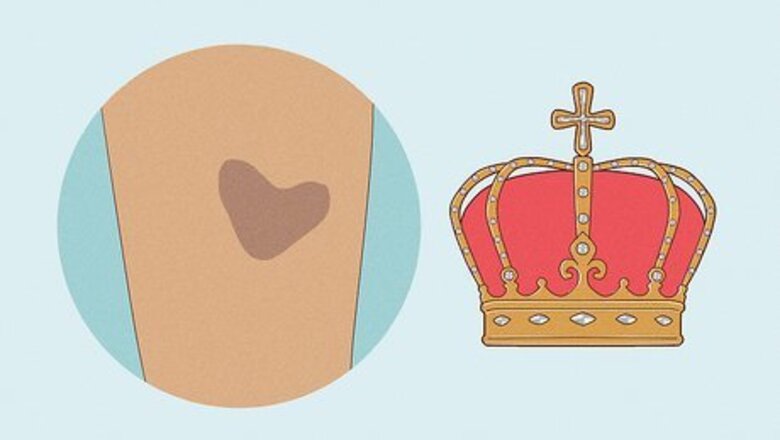
views
- Royal birthmarks are distinctive marks believed to show royal ancestry.
- People with royal birthmarks may also be especially graceful, charismatic or commanding.
- Royal birthmarks may have different meanings depending on shape and location.
What is a royal birthmark?
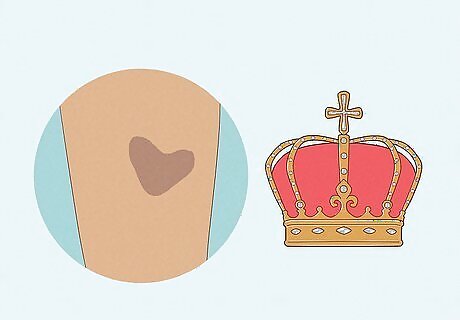
Royal birthmarks are distinctive marks thought to prove royal heritage. In the past, people believed these marks were passed down by royal and noble families. This superstition is mentioned in many historical stories and myths as a way to distinguish royalty from common people. Royal birthmarks don't have one specific shape, but some believe that any birthmark or beauty mark is a sign of royal heritage. Some people associate royal birthmarks with related traits, like good posture and leadership skills.
Traits of People with Royal Birthmarks

Physical attractiveness. People with royal birthmarks may have conventionally beautiful features, like symmetrical faces and clear skin. They are also more likely to have a tall and slender body shape. Noble mannerisms. Some believe royal birthmarks give someone more grace, poise, and elegance than others. Confidence and charm. People with royal birthmarks exude charisma and come off as very self-assured. This trait may also make them seem domineering in their speech and body language. Natural leaders. People with royal birthmarks tend to command respect from others. They can command attention when they want to and make a strong impression on others. Creativity. People with royal birthmarks may be skilled in artistic activities like painting, singing, writing, or drawing. Luck and prosperity. Royal birthmarks may pass on good luck and success from their wealthy origins. Some people believe you can touch a royal birthmark for good luck.
Royal Birthmark Shapes and Meanings

Angel kisses or stork bites. These birthmarks are flat, pink patches on a baby’s skin. They are believed to be a mark of love and protection.

Circles. Circular-shaped birthmarks may offer protection or healing.
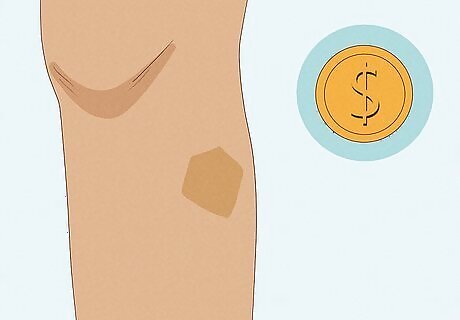
Diamonds. Diamond-shaped birthmarks are believed to predict wealth or fortune.
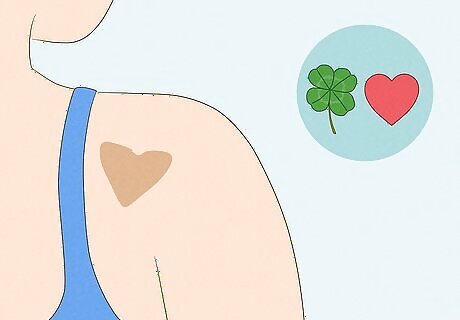
Heart-shaped birthmarks. These marks convey love, and may be a sign of good luck or affection.

Star-shaped birthmarks. These marks may show a special talent or promise of success.
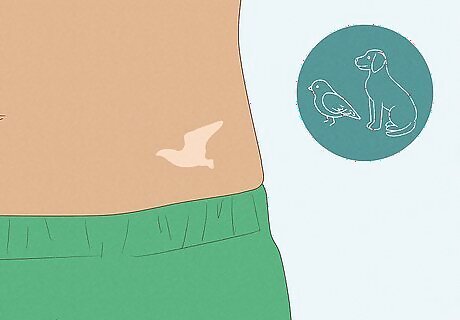
Animal-shaped birthmarks. A specific animal may indicate a spirit animal or a special connection to animals in general.

Moon-shaped or sunburst birthmarks. These shapes may show a strong connection to the stars and astrology.
Royal Birthmark Locations and Meanings

Forehead: Birthmarks on the right side of the forehead show intelligence. The left side shows irresponsibility. Neck: Birthmarks on your neck may show great success and responsibility in life. Back: A birthmark on your back shows an open mind. Leg: A birthmark on your leg may show a lack of independence. Face: A birthmark on your face means you might be destined for success or fame. Hand: A hand birthmark shows independence and skill in craftsmanship. Arm: Birthmarks on the arm might show someone who is in control of their destiny. Stomach: Birthmarks on your stomach might show a love for material things. Chest: A birthmark on the chest can show that you follow your heart.
Superstitious Causes of Birthmarks
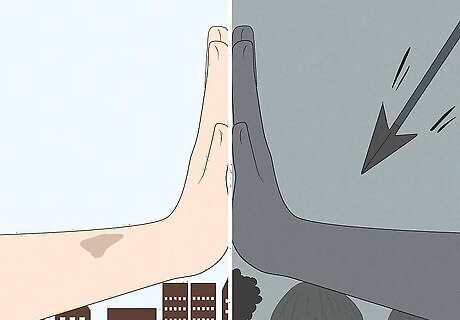
Some people believe birthmarks are caused by past lives or experiences. A common belief is that birthmarks inform us about how our past lives ended. For example, a flame-shaped mark could hint at a death by fire. Likewise, a birthmark’s location could be due to a wound. If you have no birthmark, some people believe your last life ended due to natural causes. In some countries, such as Japan, birthmarks were thought to be caused by women staring at fires.
Scientific Explanation for Birthmarks
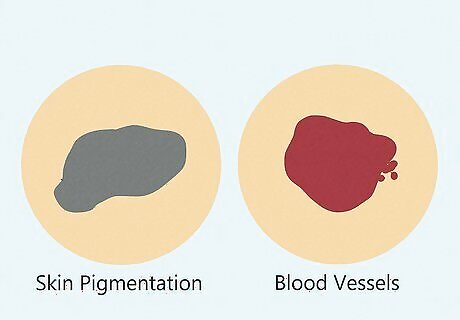
Scientifically, birthmarks result from skin pigmentation or blood vessels. Pigmented birthmarks can be brown or blue, and they develop from darker pigments in the skin. Vascular birthmarks are pink and red and appear where blood vessels are underdeveloped. Scientists don’t understand the cause of every type of birthmark or their variations. Most birthmarks aren’t considered hereditary unless due to a genetic condition. More than 10% of babies are born with some birthmark, the rarest being a port wine stain.




















Comments
0 comment